Off the shores of the east coast, Majorie Merriweather Post directs the captain of her yacht, the Hussar IV, to Gloucester Harbor. The year is 1926, and the dinner—a frozen goose—served to Majorie and her husband, E.F Hutton, would change how Americans would view food forever. They wanted to meet the inventor of this frozen goose: Clarence Birdseye.1 Birdseye was a scientist from the northeast, who had worked for the United States Department of Agriculture. Marjorie was motivated to learn about the process of freezing food. She had homes in New York City and West Palm Beach, and she often relied on her yacht for transportation. It was a hassle for her to cruise her yacht frequently into port to get fresh food.
It took three years for Marjorie Post’s company, The General Foods Corporation, to come to an agreement to buy the patents, names, and patent applications of Birdseye’s General Seafoods Corporation. Marjorie thought of housewives who would welcome the convenience of ready-made food.2 Different reports circulated on whether they didn’t agree with the price initially or other members of General Foods didn’t believe in the structure of the market for freezers, causing the delay. Eventually, a deal was reached and Clarence Birdseye was retained as director of research. The goal for Clarence Birdseye’s freezer was to eliminate large ice crystals. The crystals made the food have a “mushy texture” and “damaged cells.”3 His main test subjects were fish because of their convenience. He could set up his research center next to the harbor and purchase the morning catch.4 The freezer had two separated freezing plates that were between – 20°F and -50°F.5 This allowed the food to be frozen fast, which would melt the ice crystals. A biology term, suspended animation, describes Birdseyes’s freezing process. You could take foods like peas or fish and put them in a freezer. After being taken out, it would take a minute but the item would be unfrozen but preserved.6 Fish and peas have a metabolism that causes them to shut down and preserve energy. It takes them some time to restart and get their energy restored. Unfortunately for Birdseye, his company didn’t have the financing and reputation because the stigma of frozen food was so negative at the time. This forced him to sell to General Foods.
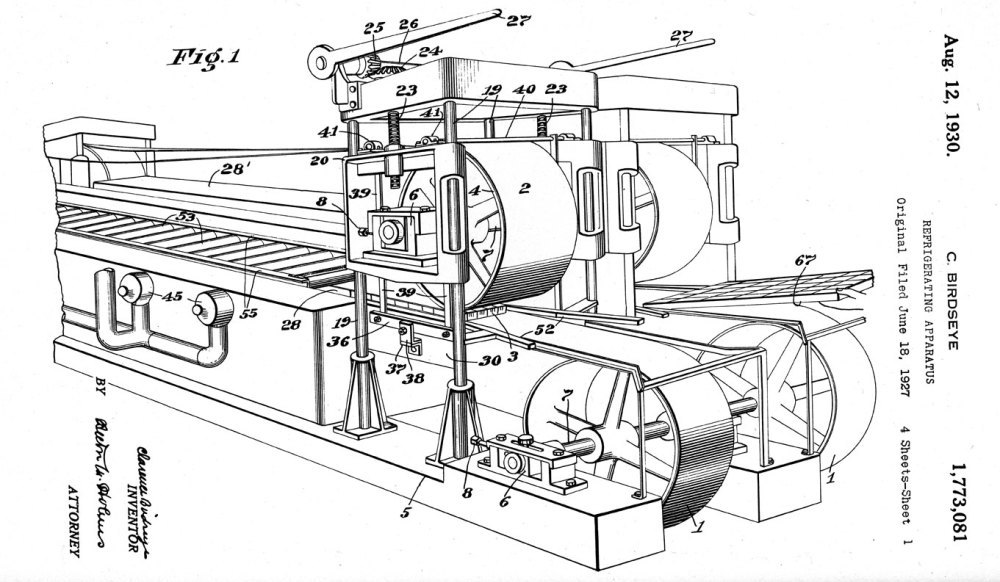
Started in 1895 by Majorie’s father, C.W. Post, General Foods originally sold the coffee brand Postum and cereal brand Grape Nuts.7 Initially, C.W. had to beg store owners to sell the brands in Michigan, but that would soon divert to the store owners begging for more inventory. Yearly profits nearly reached one million dollars in 1900.8 After C.W. died in 1914, General Foods, then Postum Cereal Company, started to buy companies including Jell-o Company, Inglehart Brothers Inc. , Minute Tapioca Company, Walter Baker and Company, Log Cabins Product Company, Richard Hellman Inc., Sankar Coffee Corporation, Clement Baking Powder, LaFrance Laundry Product, and Maxwell House Coffee.9 The revenue generated from these companies was important because only 8% of households had a refrigerator at the time of the sale. There were many more refrigerators than freezers and most households didn’t have both.10 Revenue from the other companies was used to fund giving freezers to grocery stores for free. This was necessary because many stores couldn’t afford the price of the freezer. In the opening weeks, Birdseye and store employees gave customers a demonstration of what frozen food was meant to accomplish and the incentives of having your own household freezer.11
The freezers were launched in March of 1930 at ten different Springfield, Massachusetts stores where twenty-seven items were displayed.12 This was during the Great Depression, so only the rich could afford the luxury of frozen food, and even then, they were skeptical. In a 1932 article by the New York Times, the quick freeze method was presented as a revolutionary way to stop spoiling. The spores that would usually be on food wouldn’t be attracted through below-freezing temperatures.13 Spores are cells that contain bacteria that can divide when in warm climates. Around this time, Birds Eye freezers were only known and available in the northeast region. This helped spread awareness of what was a new technique and more stores became interested.
While his freezers were being constructed in stores around the country, Clarence was still trying to create new foods that could be frozen. One hundred frozen foods were successfully frozen between 1932 and 1934.14 He wanted to develop something that would have a legacy and even though he sold his company three years earlier, he wanted to prove himself right. In 1933, many store owners complained about the high cost of running the freezers. Only 516 retail stores had freezers out of 1.5 million stores.15 Something needed to change for the freezer to become more widely available.
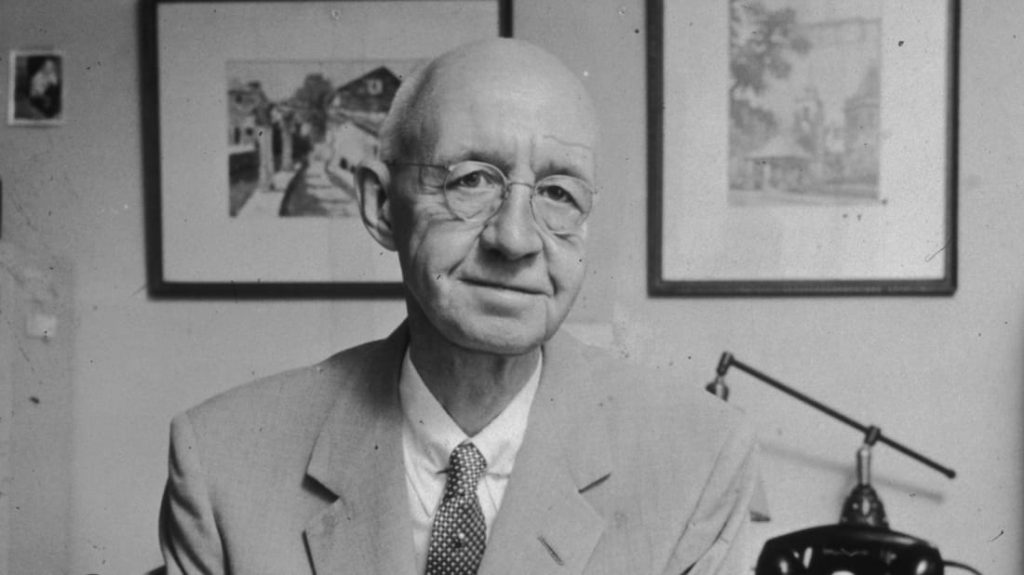
Edwin Gibson was hired to come up with a solution. Birdseye and Gibson had a prior partnership. The main goal was to reduce the cost of building the freezers and the amount of electricity that the store owners had to pay to run the freezers. In collaboration with the American Radiator Company, a new version of the Amrad Cabinet, a type of freezer, was designed and leased to stores. A new feature was a slanted window where consumers could get a better look at the products. This new freezer cost $300 compared to the $1500 from before, and the electricity bill went down from $16/mo to $3.5/mo.16 The General Foods Corporation was still making $19 million in profits from all their other companies during the Depression, but that dropped to $11 million in 1933.17 This new version wasn’t essential in the sense that they were on the verge of shutting the freezers down, but they felt gratitude to the owners of the retail stores who counted on them during tough times.
During the Depression, Marjorie Merriweather Post was laying low from the public eye. Because of her status as one of the richest women in America and a known socialite, she was on her yacht to distance herself from the negative press during this period.18 She would host other international leaders while at sea; and later, in 1936, her new husband, Joe Davies, was selected as the new U.S. ambassador to the Soviet Union until the start of World War Two. Before she left for the Soviet Union, she had frozen food sent to her because the Soviet Union was just coming out of the famine of 1930.19
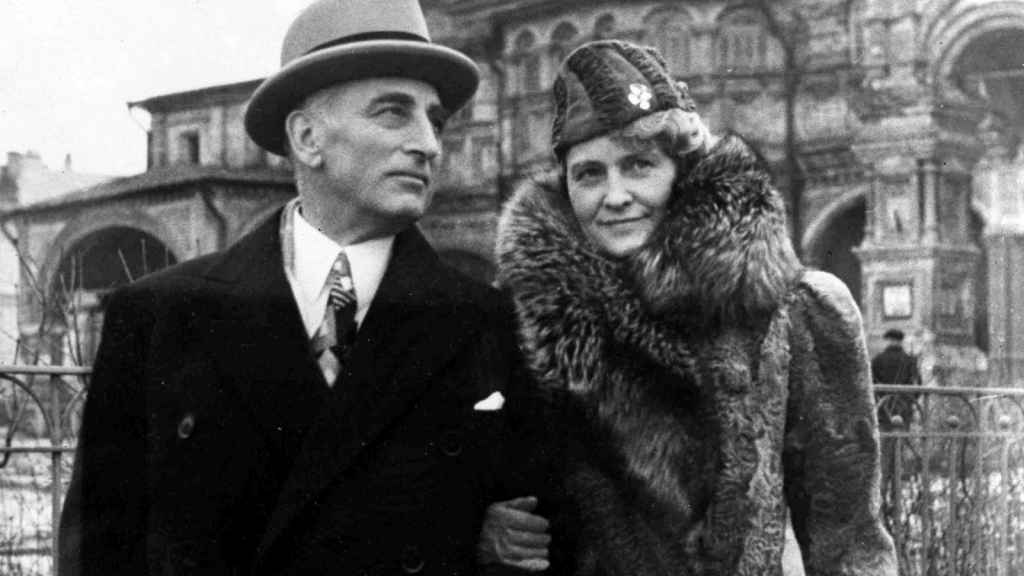
To get the public to become more comfortable with frozen foods, Birdseye knew he needed to be transparent with his ingredients. Many competing freezer companies supplied less quality products, which gave the overall industry a bad reputation. When the U.S. passed the revised Food, Drug, and Cosmetic Act of 1938, the Birds Eye Company had a big advantage. The amendments included stricter labeling on food, inserting health risks that came with the ingredients, and annual factory inspections.20 With the financial backing of General Foods, the Birds Eye company could get the best equipment and the best ingredients.
During World War II, the canned food industry was diminished. Metals were allocated for new weapons and vehicles for the servicemen. This was the opportunity General Foods needed to get their frozen products into the food market. The demographics of the country changed, as men were sent overseas to fight while women were getting factory jobs.21 It wasn’t just mothers who could find the convenience of frozen foods; now it became women in general. To put in perspective the boom the frozen food industry experienced, frozen food companies doubled from the end of 1945 to May of 1946.22 In 1945 and 1946, 800 million pounds of frozen food was sold.23
These new grifters, posing as frozen food companies, caused more harm than good, as the quality wasn’t up to standard, and they would sell any food they could freeze. In 1947, the production of frozen foods dropped by 87%.24 Because of the dilemma that grasped the industry, studies were conducted to see how the temperature affected the taste of food. The Time-Temperature Tolerance research study (1948-1965) showed a new term, dehydrofreezing, where the mass of certain foods would decrease before being frozen. This is because the water is being lost. Other keynotes included that you could use math equations to determine the quality with a temperature and zero degrees Fahrenheit was required to sustain frozen food.25 After many companies were forced out because of the revised 1938 Act, the General Foods company ran advertisements to regain the trust of the U.S. market.
A poll conducted in 1950 found that 64% of American retail stores had a freezer and a survey in 1951 found that 41% of housewives preferred frozen food compared to fresh or canned.26 The partnership between Clarence Birdseye and Majorie Merriweather Post helped freezers become commonplace in American society and most food could be eaten year-round. The money that was generated with the Birds Eye company was put back into other ventures and allowed Marjorie to become one of the great female philanthropists of her time. Clarence Birdseye won the 1949 Babcock-Hart Award given to an individual who contributes to health with food technology.27 His journey to this achievement started in the 1910s while in Labrador, Canada observing how locals would consume fish in below-zero temperatures. They used a thawing technique that would keep the fish fresh.28 Reflecting on his success, in 1951, Birdseye stated, “To be perfectly honest, I am best described as just a guy with a very large bump of curiosity and a gambling instinct.”29
- Nancy Rubin Stuart, American Empress : The Life and Times of Marjorie Merriweather Post (Lincoln, Neb. : iUniverse, 1995), 138. ↵
- Nancy Rubin Stuart, American Empress : The Life and Times of Marjorie Merriweather Post (Lincoln, Neb. : iUniverse, 1995), 139. ↵
- Alison Richards, “Clarence Birdseye And His Fantastic Frozen Food Machine,” NPR, May 18, 2012. ↵
- Nancy Rubin Stuart, American Empress : The Life and Times of Marjorie Merriweather Post (Lincoln, Neb. : iUniverse, 1995), 140. ↵
- Alison Richards, “Clarence Birdseye And His Fantastic Frozen Food Machine,” NPR, May 18, 2012. ↵
- Mark Kurlansky, Birdseye: The Adventures of a Curious Man (Knopf Doubleday Publishing Group, 2013), 189. ↵
- Nancy Rubin Stuart, American Empress : The Life and Times of Marjorie Merriweather Post (Lincoln, Neb. : iUniverse, 1995), 37. ↵
- Nancy Rubin Stuart, American Empress : The Life and Times of Marjorie Merriweather Post (Lincoln, Neb. : iUniverse, 1995), 44. ↵
- Nancy Rubin Stuart, American Empress : The Life and Times of Marjorie Merriweather Post (Lincoln, Neb. : iUniverse, 1995), 136, 137. ↵
- Matt Novak, “The Great Depression and the Rise of the Refrigerator,” October 9, 2012. ↵
- Mark Kurlansky, Birdseye: The Adventures of a Curious Man (Knopf Doubleday Publishing Group, 2013), 186. ↵
- Mark Kurlansky, Birdseye: The Adventures of a Curious Man (Knopf Doubleday Publishing Group, 2013), 181. ↵
- Morgan Farrell, “QUICK FOOD FREEZING PROCESS DEVISED TO AID THE HOUSEWIFE; Under the New Arrangement, Many Commodities Are Packed in Tight Cartons and Delivered to Homes, Ready to Cook,” The New York Times, February 14, 1932. ↵
- Mark Kurlansky, Birdseye: The Adventures of a Curious Man (Knopf Doubleday Publishing Group, 2013), 191. ↵
- Mark Kurlansky, Birdseye: The Adventures of a Curious Man (Knopf Doubleday Publishing Group, 2013), 185. ↵
- Mark Kurlansky, Birdseye: The Adventures of a Curious Man (Knopf Doubleday Publishing Group, 2013), 186. ↵
- Nancy Rubin Stuart, American Empress : The Life and Times of Marjorie Merriweather Post (Lincoln, Neb. : iUniverse, 1995), 136, 188. ↵
- Nancy Rubin Stuart, American Empress : The Life and Times of Marjorie Merriweather Post (Lincoln, Neb. : iUniverse, 1995), 187. ↵
- Nancy Rubin Stuart, American Empress : The Life and Times of Marjorie Merriweather Post (Lincoln, Neb. : iUniverse, 1995), 223. ↵
- Office of the Commissioner, “Part II: 1938, Food, Drug, Cosmetic Act,” FDA, March 15, 2019. ↵
- Mark Kurlansky, Birdseye: The Adventures of a Curious Man (Knopf Doubleday Publishing Group, 2013), 204. ↵
- “Frozen Foods Research Time-Temperature Tolerance Studies – National Historic Chemical Landmark,” American Chemical Society, December 11, 2002 ↵
- Mark Kurlansky, Birdseye: The Adventures of a Curious Man (Knopf Doubleday Publishing Group, 2013), 208. ↵
- “Frozen Foods Research Time-Temperature Tolerance Studies – National Historic Chemical Landmark,” American Chemical Society, December 11, 2002. ↵
- AMERICAN CHEMICAL SOCIETY, “Quality and Stability of Frozen Foods Time-Temperature Tolerance Studies and Their Significance,” 1974. ↵
- Mark Kurlansky, Birdseye: The Adventures of a Curious Man (Knopf Doubleday Publishing Group, 2013), 204. ↵
- John W. Klooster, Icons of Invention: The Makers of the Modern World from Gutenberg to Gates, Greenwood Icons (Santa Barbara, Calif.: Greenwood Press, 2009), 107. ↵
- Tribune newspapers, “Clarence Birdseye: Frozen Fish Got Him Hooked “,” Chicago Tribune, February 14, 2014 ↵
- “American Magazine,” Feb. 1951 edition. ↵
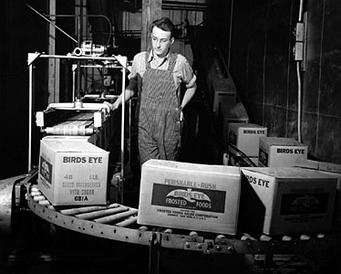

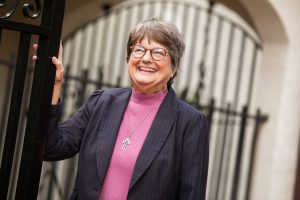
3 comments
Alejandro Rubio Chappell
I really enjoyed learning about how Clarence Birdseye and Marjorie Merriweather Post worked together to make frozen food a normal part of everyday life. It was interesting to see how much trial and error went into getting people to trust frozen food, especially during the Great Depression. The part about giving freezers to stores and doing demos was really cool—great job putting this all together!
Natalia De la garza
This infographic is excellent! It vividly illustrates how Marjorie Merriweather Post’s encounter with Clarence Birdseye’s frozen food innovations led to a transformative shift in American food preservation and consumption.
Danielle Villanueva
This article was fascinating! I learned how Clarence Birdseye and Marjorie Post revolutionized food preservation through frozen foods. It was cool to see how their innovative work during the Great Depression led to a major change in how Americans eat. I wish the article had included more details about Birdseye’s early experiments in Labrador that inspired his freezing technique.